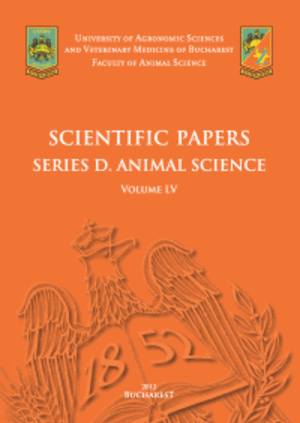Published in Scientific Papers. Series "Management, Economic Engineering in Agriculture and rural development", Vol. 24 ISSUE 4
Written by Agatha POPESCU, Mirela STANCIU, Cristina TINDECHE, Alina MARCUTA, Liviu MARCUTA, Adelaida HONTUS
This research aimed to analyze ecotourism in the Danube Delta in 2023 versus 2019 using the data from National Institute of Statistics. The methodology included description of the main ideas from the studied literature, data processing using fixed indices, polynomial regression equations, R square, comparisons, and showing the results in graphics and tables. The results showed that ecotourism niches in the Delta are: bird watching, wildlife watching and studying, fishing, canoeing, kayaking, cycling, trekking, boat tours on the canals, admiring the sunrise and sunset, tasting the specific dishes of the local gastronomy, enjoying taking part to the local traditional folk events, visiting the Danube Delta Biosphere Reserve for getting knowledge and enriching the scientific horizon. In this way, both tourists and the locals become aware of the importance of ecotourism for the sustainable development of the environment, the preservation of biodiversity and assuring the economic and social development of the residents and their communities. In 2023, in the Danube Delta, there were 493 accommodation units by 94% more than in 2019. Also, in 2023, the number of beds reached 10,942, being by 51.8% higher versus 2019. In 2023, the Delta received 136,979 eco-tourists (82.3 % of the 2019 level. Romanians are dominant with a share of 93.4%. Foreigners' weight was only 43.8% in 2023 of the 2019 level. In consequence, the overnight stays were 286,255 in 2023, by 25.4% smaller and the Romanians' share was only 80%. The main causes are the Covid-19 pandemic in the year 2020 and the war in Ukraine. In 2023, 5,621 tourists, of which 72.4% Romanians visited the Biosphere Reserve. The key aspects which need more attention in the future are: investing more in infrastructure, assuring labor force according to the needs, diversification of facilities and tourism activities, making the resident population to be more involved in the management of natural resources and solving the community problems.
[Read full article] [Citation]

 Next Issue will be published according the the calendar.
Next Issue will be published according the the calendar.



